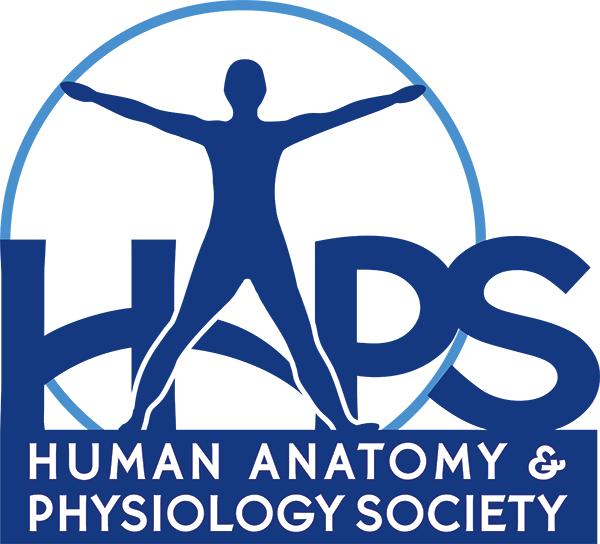By now, we’ve all heard about generative Artificial Intelligence (AI) and how it has revolutionized many aspects of our lives, including education. One relatively recent development that may impact our anatomy and physiology courses is the ability for students to generate podcasts directly from our PowerPoint slides.
Students can now use generative AI tools to convert our PowerPoint slides and their notes into audio podcasts, allowing them to listen to our specific lecture material while commuting, exercising, or eating lunch. The benefits include easy accessibility, personalized learning (since students can create podcasts on topics with which they are struggling), and increased frequency of exposure to the material.

Potential challenges come with any advances in technology. Quality control is one challenge. AI-generated podcasts might not be 100% accurate since generative AI tools sometimes string facts together incorrectly or insert incorrect information. Uncommon scientific words are often mispronounced which could be confusing to students. Any content not specifically provided on the slides or in the student’s personal notes will likely not be included in the podcast. For example, if an instructor discusses a related topic or shares analogies that are not explicitly written on the slides or added to the uploaded notes by the student, the podcast will likely leave out that information. On the other hand, the AI podcasters often insert their own analogies, which might or might not be effective or accurate. An overall concern with every AI tool is that students might become too reliant on the tools and lose the ability to critically think, synthesize information, or create their own study tools. Additionally, potential legal issues exist when inputting copyrighted material into AI programs, so students should be made aware of this factor as well.
A few weeks ago, I created a podcast from a personal set of PowerPoint slides on the cardiovascular system. I found the AI-generated podcast to be entertaining, accurate, and engaging. The two AI-podcasters were pleasant, conversational, and even added an appropriate content-related joke here and there. The discussion bounced from one podcaster to the other very naturally—I was impressed! I shared this podcast with a few colleagues who have decided to create podcasts of their A&P slides for their students just to gauge student response this semester. It will be interesting to see what the students think!
To maximize the benefits of AI-generated podcasts while minimizing potential drawbacks, instructors should (a) continue to encourage students to engage with the content by taking notes, answering questions, and discussing the material with peers, (b) guide students to critically evaluate any AI-generated content, including podcasts, to identify inaccuracies or biases, and (c) teach students how to ethically use AI tools and evaluate the credibility of information.
By understanding the potential of AI-generated podcasts and addressing their limitations, instructors can help students leverage this technology to enhance student learning experiences. One thing is for sure…this genie is not going back into the bottle!

Dr. Peggie Williamson is an Assistant Professor in the Doctor of Physical Therapy Program at the University of Mary Hardin-Baylor and an Adjunct Professor for the MS in Human Anatomy and Physiology Instruction at Northeast College of Health Sciences.
